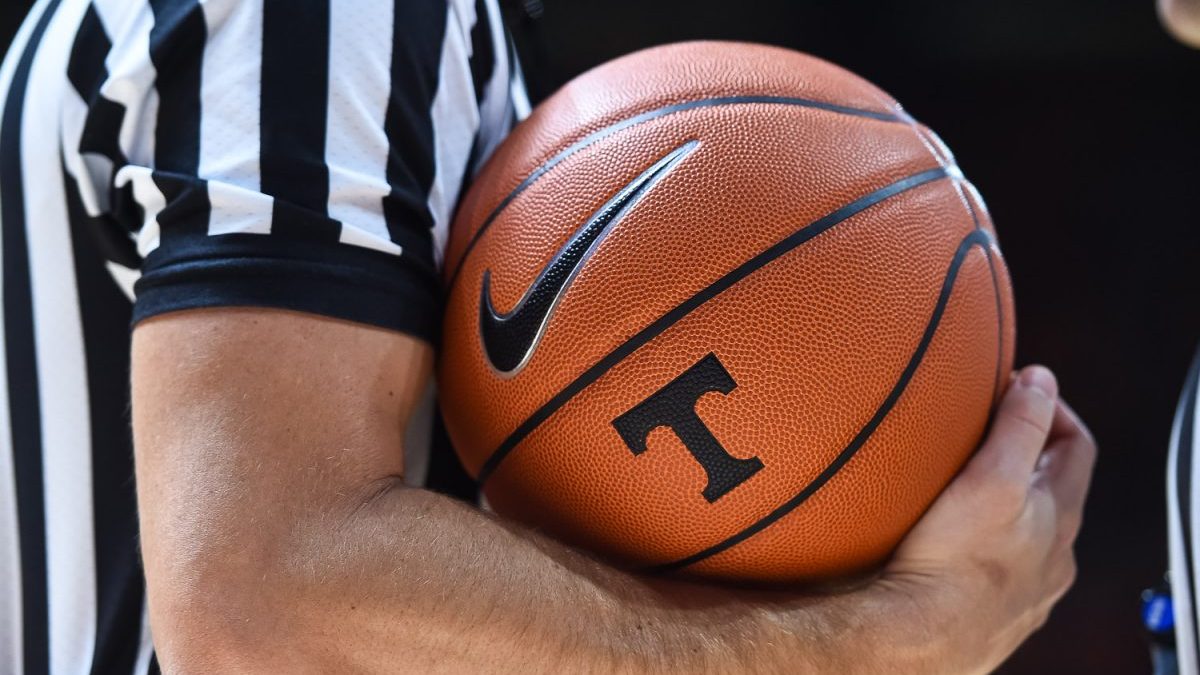The question we asked in our last post was, if the landscape of college’s football’s future changes due to the pandemic, how many new setups would be better than the SEC going its own way and just playing a 13-game round robin every year? That scenario assumes full-on isolationism emerges from all this. But what if instead we see something embracing a little more free trade among the biggest powers that be?
When trying to figure out which athletic departments are best equipped to handle this sort of thing and which programs are most likely to be least affected, the simplest solution is to follow the money. The Wall Street Journal lists the top 115 college football programs by overall value (using 2018 data). This, as much as anything, shows us the difference between the haves and the have nots. And that difference is significantly bigger than Power Five and mid-major:
Most Valuable College Football Programs (2018)
- $1+ billion: Texas, Ohio State, Alabama
- $750+ million: Michigan, Notre Dame, Georgia, Oklahoma, Auburn, LSU
- $500+ million: Tennessee (just outside the next group at $727 million), Florida, Texas A&M, Penn State
The blue bloods of college football net worth. The six traditional SEC powers plus newcomer Texas A&M, the three traditional Big Ten powers, Texas and Oklahoma, and Notre Dame. This group unquestionably wields the most power in college football.
- $250+ million: Wisconsin, Nebraska, Arkansas, South Carolina, Iowa, Washington, Michigan State, Oregon, Ole Miss, USC, UCLA, Arizona State, Clemson, Florida State, Virginia Tech, Kansas State, Oklahoma State, Kentucky, Minnesota
The next tier includes 19 programs and the first appearance of the ACC and Pac-12. 2018 data would be before the launch of the ACC Network last fall, which may help close some of this gap in the short-term, but less so in the long compared to the SEC’s upcoming deal with ESPN.
This group of 32 programs (a nice, round playoff-ish/NFL number!) worth more than $250 million looks like this
- 11 of 14 SEC programs
- 8 of 14 Big Ten programs
- 4 of 10 Big 12 programs, with wide disparity between Texas/OU and Kansas State/Oklahoma State
- 5 of 12 Pac 12 programs
- 3 of 14 ACC programs
- Notre Dame
As you can see, the gap between the haves and the have nots is significant in the ACC (in football), and the Big 12, where the difference between Texas and everyone else already threatened to break up the conference once.
If you go one more, here’s the next tier:
$100+ million: Texas Tech, Stanford, Mississippi State, Georgia Tech, Utah, Colorado, Kansas, California, Miami, TCU, Iowa State, Indiana, Northwestern, NC State, Louisville, Arizona, Illinois, North Carolina, Maryland, Washington State, Virginia, Purdue, Oregon State, Missouri, Syracuse, Pittsburgh, Baylor
That’s 27 more teams, all from Power Five representation. BYU is the next team on the list, 60th overall, at $93 million. At this point it’s easier to talk about the Power Five schools that aren’t valued at more than $100 million:
- ACC: Boston College, Wake Forest, Duke
- Big Ten: Rutgers
- Big 12: West Virginia (surprisingly, the least valuable Power Five team at $61 million)
- Pac 12: none
- SEC: Vanderbilt ($81 million)
If you’re looking for outside candidates to get in the mix, here’s the list of most valuable mid-majors that aren’t Notre Dame:
- BYU $93 million
- Boise State $78 million
- Central Florida $68 million
- South Florida $58 million
If the Power Five and Notre Dame broke away, that’s 65 schools. Would there be any real incentive for the Pac-12 to add BYU and Boise State? If you value television markets, maybe the Big 12 looks to BYU or Central Florida, but there doesn’t seem to be a huge natural fit there. On paper, the Power Five expanding any further seems less likely.
But if power was truly consolidated at the tippy-top?
If mid-major and FCS games no longer existed and the SEC didn’t want to just play a round-robin, they could poach Clemson and Virginia Tech. Or they could apologize to Missouri and Vanderbilt and add Clemson, Virginia Tech, Florida State, and Miami.
So here’s the kind of fantasy booking that becomes percentage points more possible in a pandemic:
- SEC East: Clemson, Florida, Florida State, Georgia, Kentucky, Miami, South Carolina, Virginia Tech
- SEC West: Existing SEC West plus Tennessee
- New Conference East: Notre Dame plus the seven most valuable Big Ten schools (Iowa, Michigan, Michigan State, Nebraska, Ohio State, Penn State, Wisconsin)
- New Conference West: Five most valuable Pac 12 schools (Arizona State, Oregon, UCLA, USC, Washington) plus Oklahoma, Oklahoma State, and Texas
(Apologies to Kansas State and Minnesota, who were bumped from this exercise in favor of league balance for Mississippi State and Miami.)
Play your seven division opponents, plus half the teams from the other division. This means even though we’ve moved Tennessee to the SEC West, they’ll still play Florida, Georgia, etc. every other year. A 12th game could feature a pre-assigned foe from the other conference (as in, third place team from the SEC West last year plays the third place team from New Conference West last year).
Is this better than what we have? If you want the most number of compelling Saturdays, yes. Is a model where only the most powerful programs have a seat at the table the very best thing for college football? Probably not: it’s also compelling to see if a mid-major can take down a Power Five school once a year or so, and over time the lesser-thans in this group would become mid-major equivalents.
No one is sure what kind of system we’ll end up with on the other side of all this. I’m grateful to be able to do this exercise in fun, because Tennessee is one of the most valuable programs in the nation. But what’s best for football needs to include what’s best for the version of me that grew up a Kansas State fan, or a Southern Miss fan (#101 in value). And to get to that kind of setup – to get to a future where college football can ultimately become more fruitful and not less – college football needs better leadership, now and into the future.





Yes that is a fantasy and lets hope it stays one. Everybody complains now that Tennessee never plays teams like LSU, Auburn on regular basis. well what caused that expansion 12 now 14 just to have some conference championship game. Ten teams in the Southeastern Conference was plenty what has Texas A&M, Missouri, Arkansas and South Carolina really added to the league. South Carolina a few baseball NCAA titles, Arkansas a men’s basketball title, a great track/cross country program what else? Missouri and Texas A&M nothing the only titles Texas A&M has ever won is in softball and maybe track… Read more »